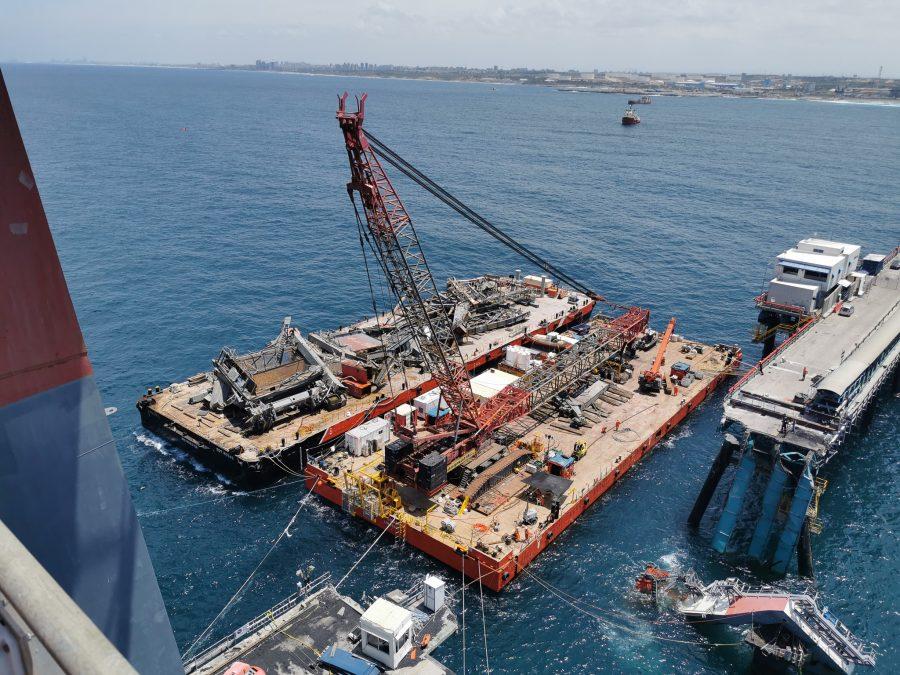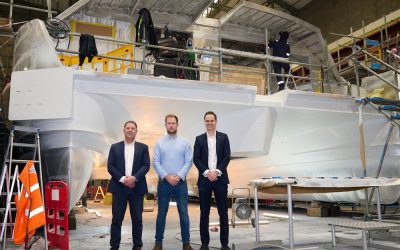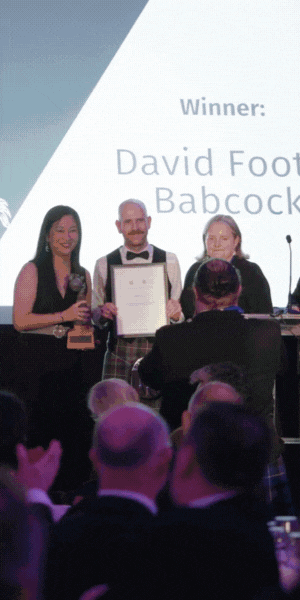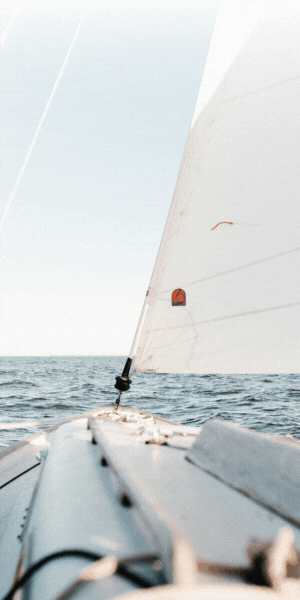The unique conditions of the salvage sector establish unique opportunities for speedy project innovation, variety and collaboration, writes Marine Masters project engineer Jouke Maijer.
When I joined salvage experts Marine Masters two years ago, I found myself introduced to a fascinating sector that is vastly different from the installation and decommissioning projects of the offshore oil and gas industry where I began my career. Public perception of salvage often focuses on its role in incident response and management, but that limits the vast scope of what the sector actually entails —rapid response, innovative and practical problem-solving, affordability, sustainability, and a chance to engage with almost every sector across maritime.
It’s something that everyone working in salvage knows, but which applies equally to career progression: when the obvious way doesn’t work, you need to take a different approach to reach your goals — and what I was seeking was a series of exciting career challenges.
Responsive and agile approaches
In many respects, salvage and offshore couldn’t be more different.
The offshore sector has to comply with a variety of regulations and safety mechanisms when planning any project, and these have to go through several stages of vetting before approvals are provided. Every move is planned at least a year in advance to account for the considerable red tape involved. This series of multi-stage planning and approval is vital as it ensures safety and environmental consciousness, both for the people working onboard these installations, as well as the marine environment it exists and operates within.
In contrast, the salvage sector has significantly accelerated timelines as the majority of projects are emergency situations where time is of the essence. Our aims have to shift as a result — the goal is still to ensure the safety of everyone involved and do our best to minimise the impact on the environment, but the process of planning and vetting project operations is expedited to account for a quicker response.
This means that salvage project engineering rarely has all the information needed to map the space and account for most potential circumstances. Instead, it requires working with a rough estimate of the circumstances at hand and adapting planning and operations on the go. This flexible response allows us to maintain safety throughout the project — potentially by reducing dive times where possible, or seeking new solutions when a planned action seems less viable once on location. Creative solutions and collaborative problem-solving are routine.
And, as part of a small team working quickly, teamwork and pitching-in is essential.
Adapting for greater collaboration
One of the most important skills in salvage is good communication, which is utilised across lots of stakeholders, from clients to subcontractors, to extract the information you need quickly and to mobilise teams effectively. It also plays a key role in establishing transparency when conducting operations, making it simpler for the company to coordinate with insurers, governments, port authorities, local contractors and more.
Given the sheer variety of salvage work across maritime and energy sectors, planning and executing a project can vary widely from one project to the next. Designing plans benefits from a wider approach and allows me to bring to the table a personal background in draughting, structural, geotechnical and heavy lift engineering. Within Marine Masters I have the unique opportunity to personally witness the impact of my plans in action, and assess and modify them for the future. This advances my capabilities and foregrounds practical, immediate feedback as part of each project.
This is where I think there’s useful advice to be had for young engineers starting in salvage — to always keep an eye on the project’s end goal.
While many of us may enjoy designing something beautiful and complicated it is vital that the operational and commercial sides remain the focus right from the outset to ensure affordable and sustainable operations. It is therefor also important to bring in support from all the other disciplines involved to create a collaborative and easy to implement solution.
Remember that there is no real benefit to initiating a plan only to find out a few days later that it is doomed to failure. A lot of junior engineers can easily miss how important that early coordination is, and, in an industry where time is of the essence, having the right people at the table to problem-solve is key.
Exploring creative solutions
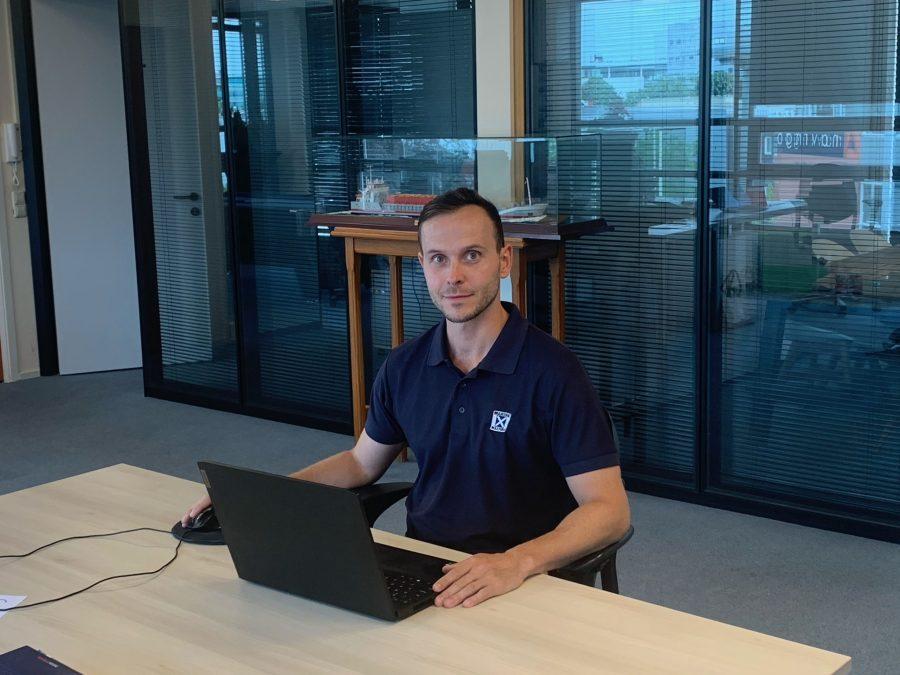
Jouke Maijer, Marine Masters
In my role as a project engineer, I work closely with a project manager and a salvage master who oversee operations. My work begins in the tender phase as we bid for a salvage or recovery project. This requires that I prepare and report a conceptual working method for planned salvage operations including drawings and calculations. I also support the commercial side, which includes budgeting, planning and choosing subcontractors where the project allows.
A rewarding part of the job is the ability to be hands on and be responsible for a broad remit – there’s no working in silos or feeling like you are a small cog in a machine. Once we are awarded the tender, I am in charge of coordinating, supervising, and potentially modifying planned operations that fall under the scope of engineering. Working as part of a small team, everyone assists each other with tasks that require an extra set of hands — including me. This often requires creative solutions, often developed on the fly, and the ability to agilely switch from one challenge to the next and across different stages of the salvage job. This can mean the mobilisation and sometimes fabrication of equipment, negotiating with and briefing subcontractors, as well as being part of the team eventually executing the project.
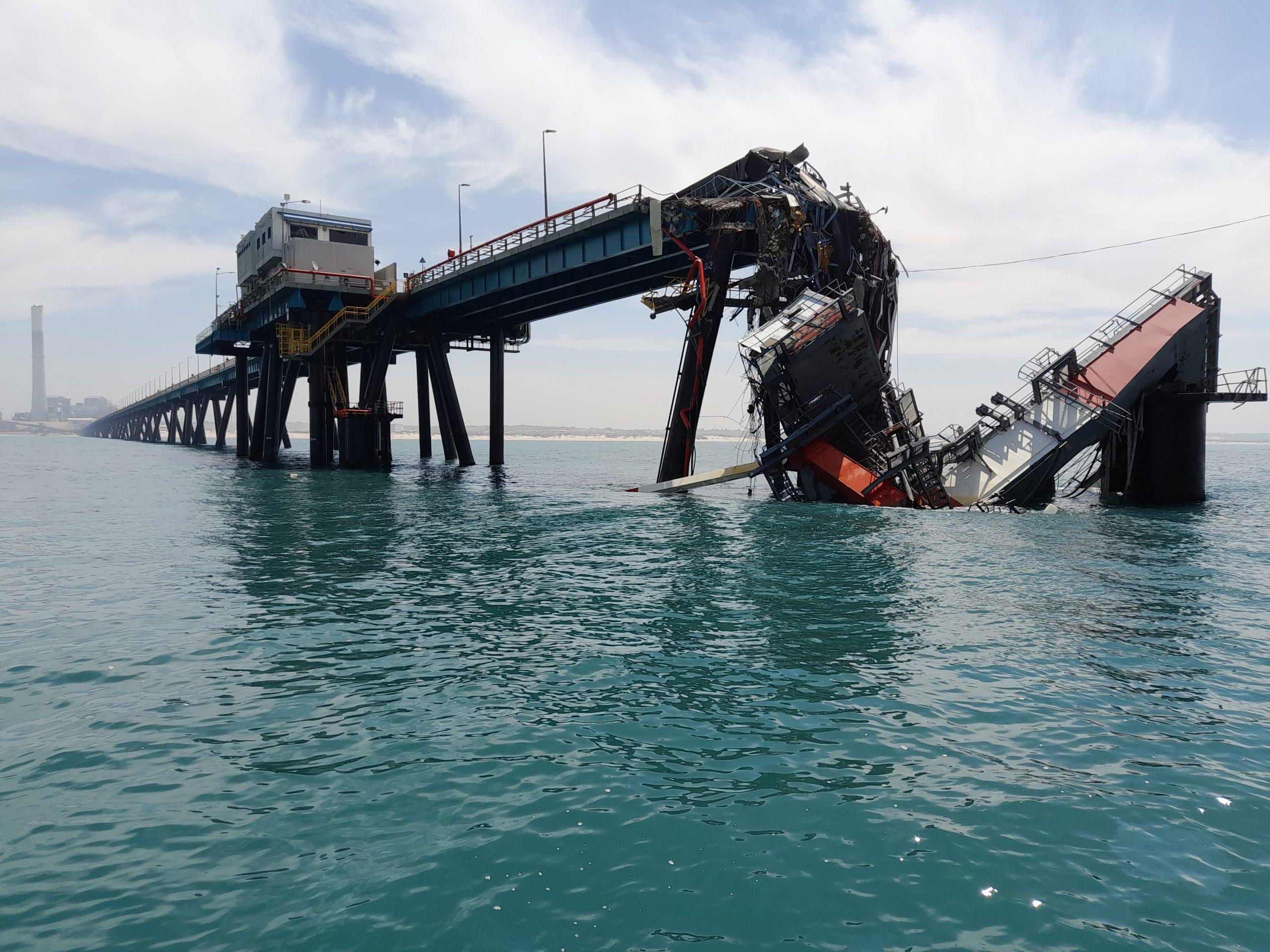
Jouke Maijer, Marine Masters. Source: Marine Masters
For example, a recent project in Israel involving a collapsed crane and jetty required that we adapt our existing strategy to be more flexible and carry out certain aspects of our project engineering while on location. This allowed us to ensure safety by overseeing structural strength checks, weight calculations and details of where to cut the crane once further insight and information was made available by divers on location.
Given that this is an unusual project, the divers were provided with careful instructions and any information they found fed directly back into updated project planning. Once the salvaged crane was lifted, we coordinated closely to cut it into segments and load it onto the disposal barge. And, as all of this is taking place, we also fed information back to the client so they had an up-to-date estimation of our progress and eventual success.
This role allows you to flex and grow your problem-solving skills, creativity, communications and can take you out of the traditional office setting – no one project can be alike. Adapting tried and tested salvage techniques and developing, testing and implementing new ones is key to the future of the salvage industry. For anyone looking to apply their engineering skills in a new and exciting way, salvage is for you.
